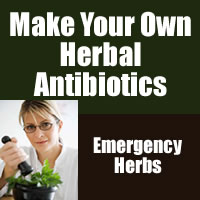How To Germinate Heirloom Seeds
Step #1:We first start our Heirloom seeds using egg cartons. So if you've been throwing them away, now you have a reason to keep them. You can add a little dirt in the tray BEFORE placing the seed inside. We personally put approximately 2 or 3 Heirloom seeds per hole in the egg carton tray. However you can place as many seeds as you would like to grow. Below is a picture of step #1. Our Heirloom Seeds have a high germination rate because they are sold fresh.

Step #2
After adding our Heirloom Seeds fill in the rest of the holes with dirt. Then add a label to the carton with the contents of the tray.

Step # 3
Once we've have added the dirt we then plastic wrap to the egg cartons to create a mini green house effect. You don't have to use this method but we've had excellent results from this method. You then apply several holes to let air circulate in and out of the egg carton.

Step #4
You then place your eggs carton out in the sun (weather permitting) or you can place them in a room were the temperature is at least 70 degrees Fahrenheit. Your seeds should start germinating in about 7-10 days depending on the type of seeds you are planting.
Here is a tip:
You can increase the success in terms of high germination by soaking your seeds for 2-4 hours before planting. Some seeds like peas, green beans, string beans will greatly benefit from this. If you want to increase the effectiveness of this soak them in our Bloomin Minerals as before planting instead of plain old water. The Bloomin Minerals will make have a positive effect on your yield of your garden and you will be the envy of your neighbors. Turn your "Black Thumb" into a "Green thumb" with Bloomin Minerals.



























